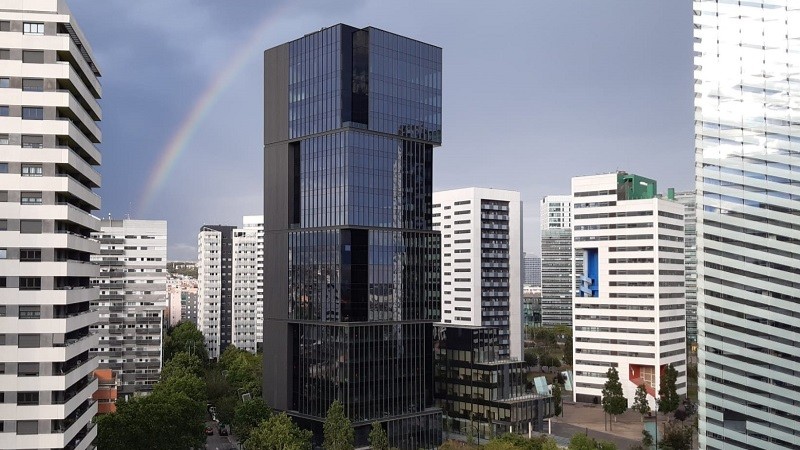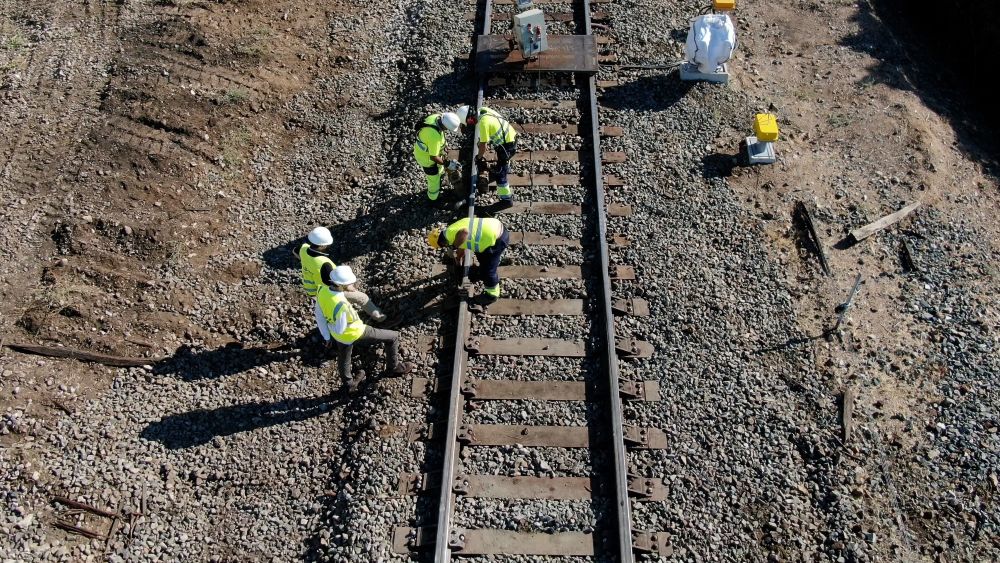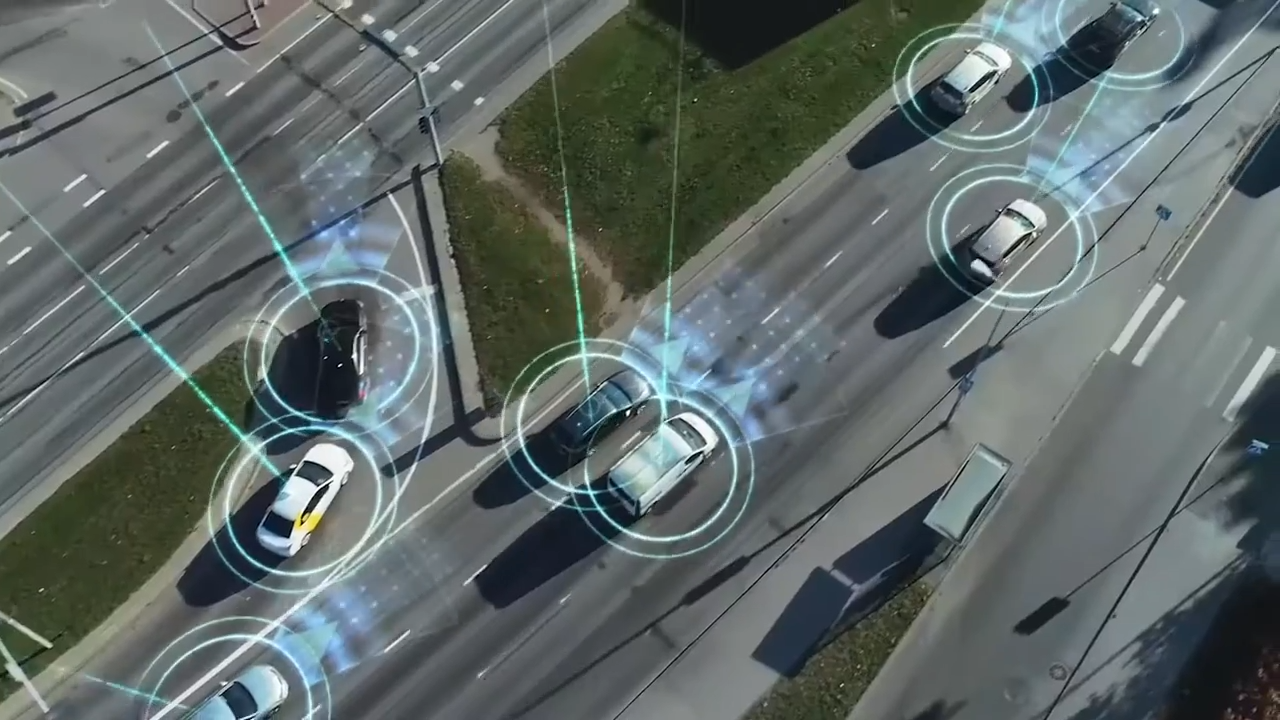Encarna Mateos
Quality, Environment and Energy Director
The construction and infrastructure development sector plays a crucial role in transitioning to a more circular economic model, given its significant impact on resource consumption and waste generation. However, considerable challenges persist: construction and demolition waste (CDW) accounts for a third of the total waste produced in the European Union, and circularity rates in countries such as Spain lag behind other European nations.
In light of this, the circular economy offers a transformative strategy for redesigning processes, minimizing environmental impacts, and boosting efficiency. Achieving this requires coordinated action from all stakeholders across the value chain, integrating circular principles from the initial design phase through to operation. In my view, the following ten areas are key to advancing towards a circular model:
1. Changing the mindset
Moving away from the traditional linear model (design-build-use-demolish) and embracing a circular approach (design-reuse-use-recycle-maintain-regenerate). This involves integrating circularity criteria right from the design stage and fostering collaboration among all participants throughout the infrastructure lifecycle.
2. Boosting the Market for Secondary Raw Materials
Implementing regulatory and economic measures to stimulate demand for recycled and reused materials. This includes establishing quality certifications, technical standards, and traceability mechanisms that build confidence in the market.
3. Supporting innovation
Maintaining funding programs, such as those within the Recovery, Transformation and Resilience Plan (RTRP) and the Strategic Projects for Economic Recovery and Transformation (PERTE), that support projects promoting circular solutions in construction, waste management, and digitalization. Simplifying access to these grants is essential.
4. Digitization and data management
Promoting the use of tools like Building Information Modeling (BIM), digital twins, and collaborative platforms to manage information related to materials, maintenance, and reuse.
5. Harmonized regulatory framework
Establishing consistent and stable regulations at the European, national, and regional levels to facilitate the application of circular criteria, the approval of recycled materials, and investment in sustainable solutions.
6. Green public procurement
Incorporating environmental criteria into public procurement specifications, favoring proposals that integrate circular economy principles, and establishing monitoring mechanisms to ensure compliance.
7. Public-private partnerships
Encouraging collaboration between government bodies, businesses, technology centers, and universities to develop standards, methodologies, and pilot projects that advance circularity in the sector.
8. Transparency in the supply chain
Establish traceability systems that allow information to be shared on the origin, composition and destination of materials, facilitating their reuse and recycling.
9. Training and sector awareness
Promoting education and training for all actors in the value chain – architects, engineers, companies, manufacturers, and clients – on the principles, tools, and benefits of the circular economy.
10. Repurposing Waste as a Resource
Encouraging the acceptance of recycled materials as a viable alternative, promoting their use in new construction processes, and reducing reliance on virgin raw materials.
Several years ago, Sacyr made a decisive move towards circular transformation, moving beyond the traditional linear model and embracing a regenerative approach in all our projects. Our Zero Waste Plan has become the cornerstone of our efforts to achieve our circular economy goals, implementing specific actions across all areas of the company.
This plan has three key objectives: to reuse, recycle, or recover 80% of our waste each year; to progressively reduce hazardous waste by 1% annually; and to ensure that 80% of non-hazardous construction and demolition waste is also recovered.
The results are already evident in our projects: over 93% of construction and demolition waste has been recovered, more than 92% of total waste has been recycled or reused, and over 20% of the materials we use now come from sustainable sources. The Zero Waste Plan allows us to embed a circular model throughout the organization, aligning our efforts, creating synergies, and strengthening our commitment to a more responsible future.
















